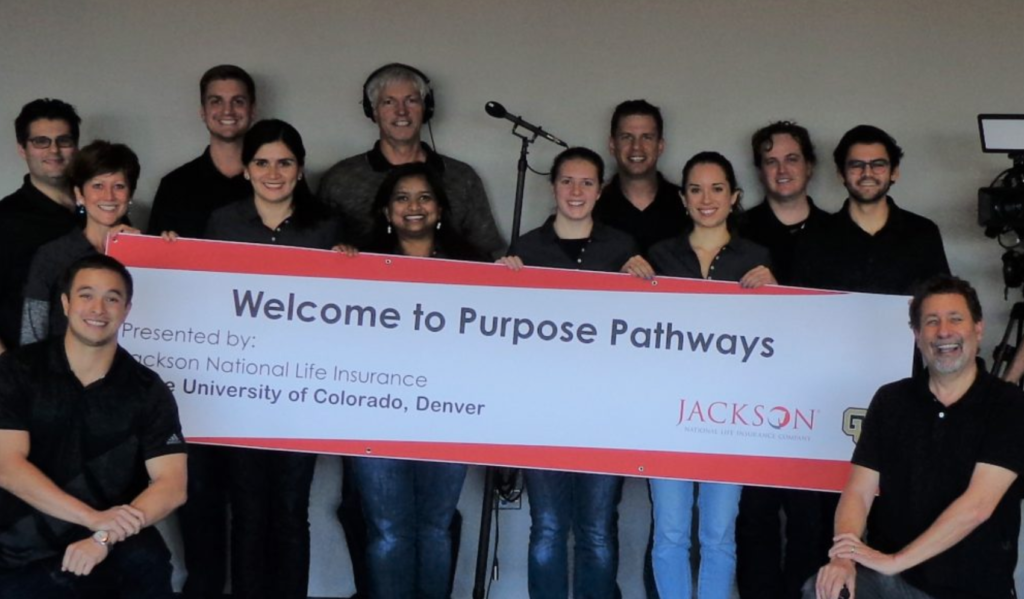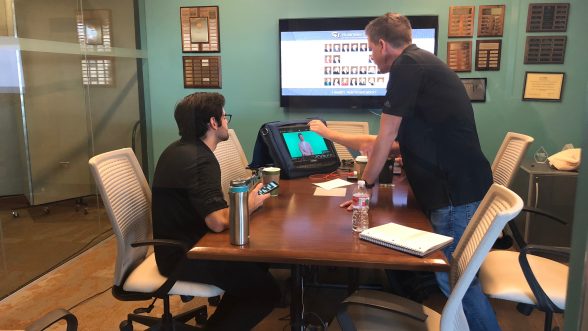As part of SageRiver’s study of how wonder can inspire strategy, SageRiver’s founder, Susan Heinzeroth, sat down with author and management consultant Judy Goldberg. Following a cancer diagnosis in 2017, Judy realized that skills she spent a lifetime developing were helping her effect positive changes despite the health challenges she faced. Wanting to share those tools with others, she developed a newly published resource, titled “Wake Up and Wondershift: Five Themes and 50 Exercises Designed to Activate Wonder and Create Lasting Shifts.”
SageRiver (SR): Thank you for being with us, Judy. Let me start with a basic question. What do you mean by wonder?
Judy Goldberg (JG): When I speak of wonder, I’m referring primarily to the wonder within our own control or influence. My focus is on the wonder that runs through our bodies and gives us hints at what we should pay attention to next, or the wonder that challenges us to leave our comfort zones or bring new ideas to life.
SR: So, your book is about the personal shifts and personal wonder we can cultivate in ourselves?
JG: Yes, it’s about waking up to the wonder that’s within us. Because I believe it’s within all of us. We all have a voice that whispers, “I wonder if I…” or “I wonder when I can?” I want to help people wake up to that wonder and do something about it.
SR: The subtitle of your book suggests that activating wonder is essential to making lasting shifts. Why do you think we need to activate wonder?
JG: Because it’s linked to our goals and objectives and what we want out of life. At the same time, activating wonder requires intentionality. It means that we’re actively engaging in our experiences, situations and ideas in new ways. And if we’re not activating wonder, then we might be closing ourselves off to possibilities and going after the wrong goals and objectives.
SR: I couldn’t agree more. In fact, SageRiver’s tagline is Illuminating Possibility. Igniting Change. We chose that tagline because we want to help our clients see the larger landscape and imagine a broader range of capability. Do you find that it’s difficult for some people or teams to do that?
JG: Yes, and there are myriad reasons why. One is people will say there’s no time, right? Other people have a cognitive bias that relies on familiar patterns and experiences. I think people also have a fear of the unknown, or fixed mindsets or simply limited exposure to diverse experiences that enable them to imagine possibilities.
SR: So how do you help them break through those barriers?
JG: It needs to be intentional and incremental because there’s been so much research that shows that throwing people in a room and asking them to brainstorm on the spot is probably the worst thing you can do.
Instead, we need to help people practice creative thinking and expose them to new experiences. For example, I ask people to read different reviews on a topic and bring people together to then engage in a debate. That helps them shift their thinking into seeing two sides of a question. Another strategy I’ve tried is to take people on a field trip to somewhere they’ve never been. Little things like field trips can be eye-opening and help people imagine possibilities.
SR: Those are great suggestions. Within our own firm, we make it a practice to inspire and invest in the curiosity and wonder of our staff. Even if the connection to our work isn’t immediately obvious, we find that by following our wonder, we bring back new ways of thinking that infuse our strategy work.
JG: Exactly!
SR: You included the word “shift” in the title of your book. Can you briefly describe the five themes in your book that help us wake up to wonder and make positive shifts in our lives?
JG: I use S.H.I.F.T. as an acronym as well as an outcome. Each letter stands for a different theme that I explore in a section of the book.
- S is for Shape, which is about the power of mindset in forming our lives.
- H is for Harmony, which is about achieving inner harmony as well as harmony with others.
- I is for Imagine. This is where we let loose and let our imaginations run wild.
- F is for Focus, which is where we cut through the world of distractions and zoom in on what’s important to each of us.
- T is for Team, which helps us curate the team we need to make the shifts we desire.
SR: That’s a wonderful blueprint, and I highly recommend the exercises within your book and the creative thinking they spark. Before we close, is there one thing you’d like people to take away from our conversation about the value of wonder?
JG: I’ll share one of my favorite quotes: “A year from now, you will wish you had started today. So cross that threshold because your wonder awaits.”




 It wasn’t how Mike Schaarschmidt expected to begin his new job at Ball Corporation.
It wasn’t how Mike Schaarschmidt expected to begin his new job at Ball Corporation.
 CU Denver students conducted high-level research for Jackson National Life in a strategy lab course
CU Denver students conducted high-level research for Jackson National Life in a strategy lab course

